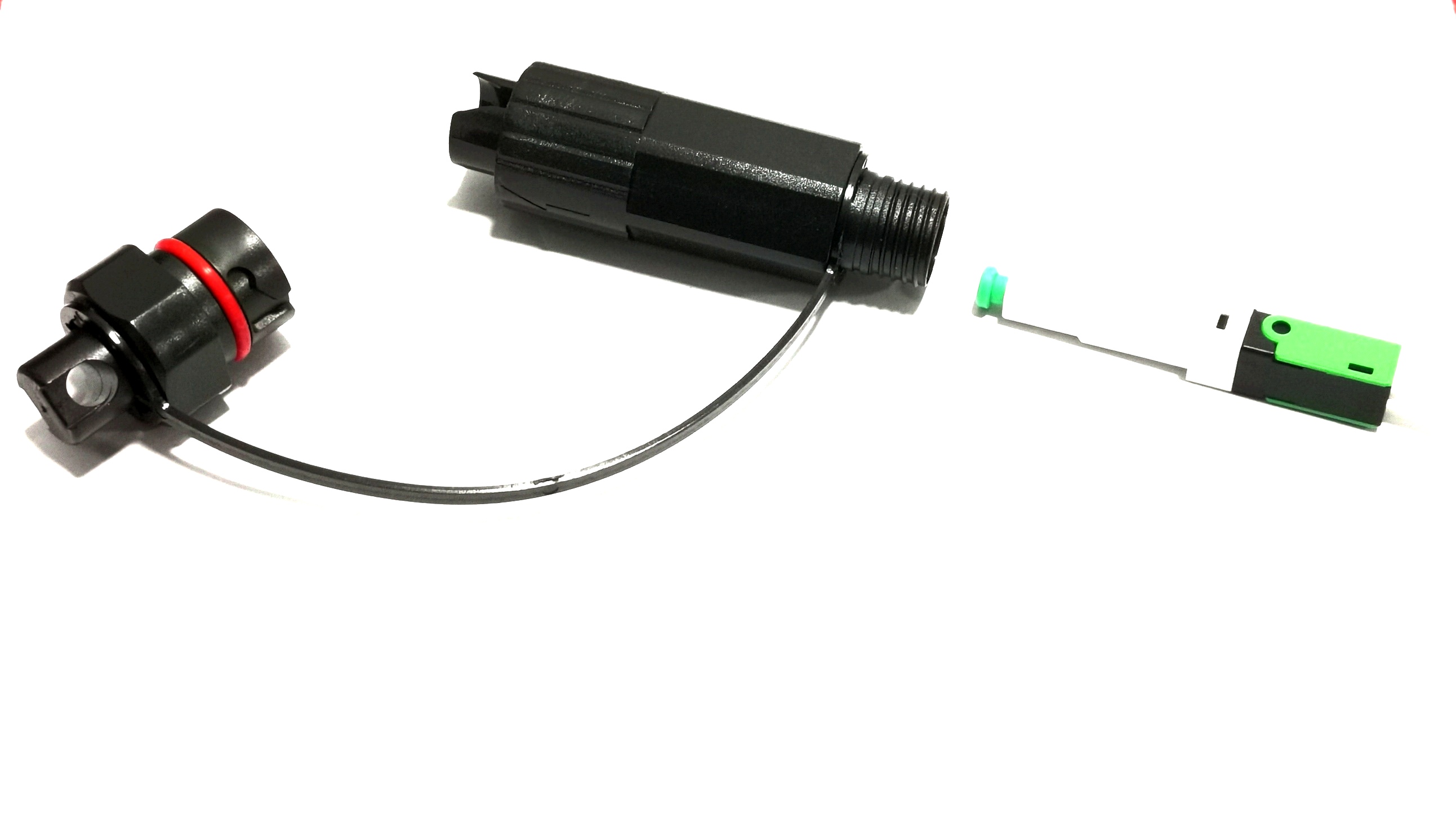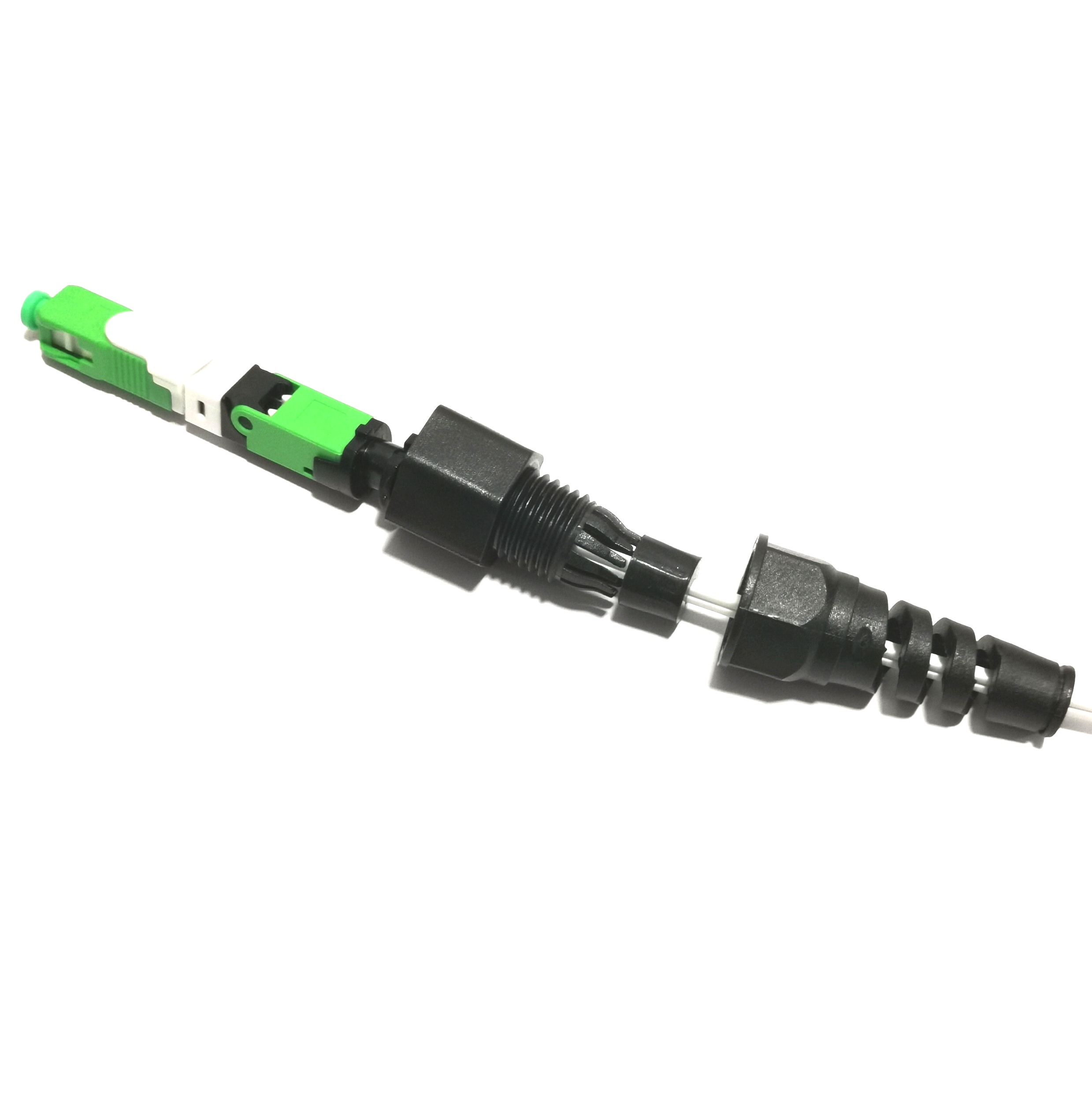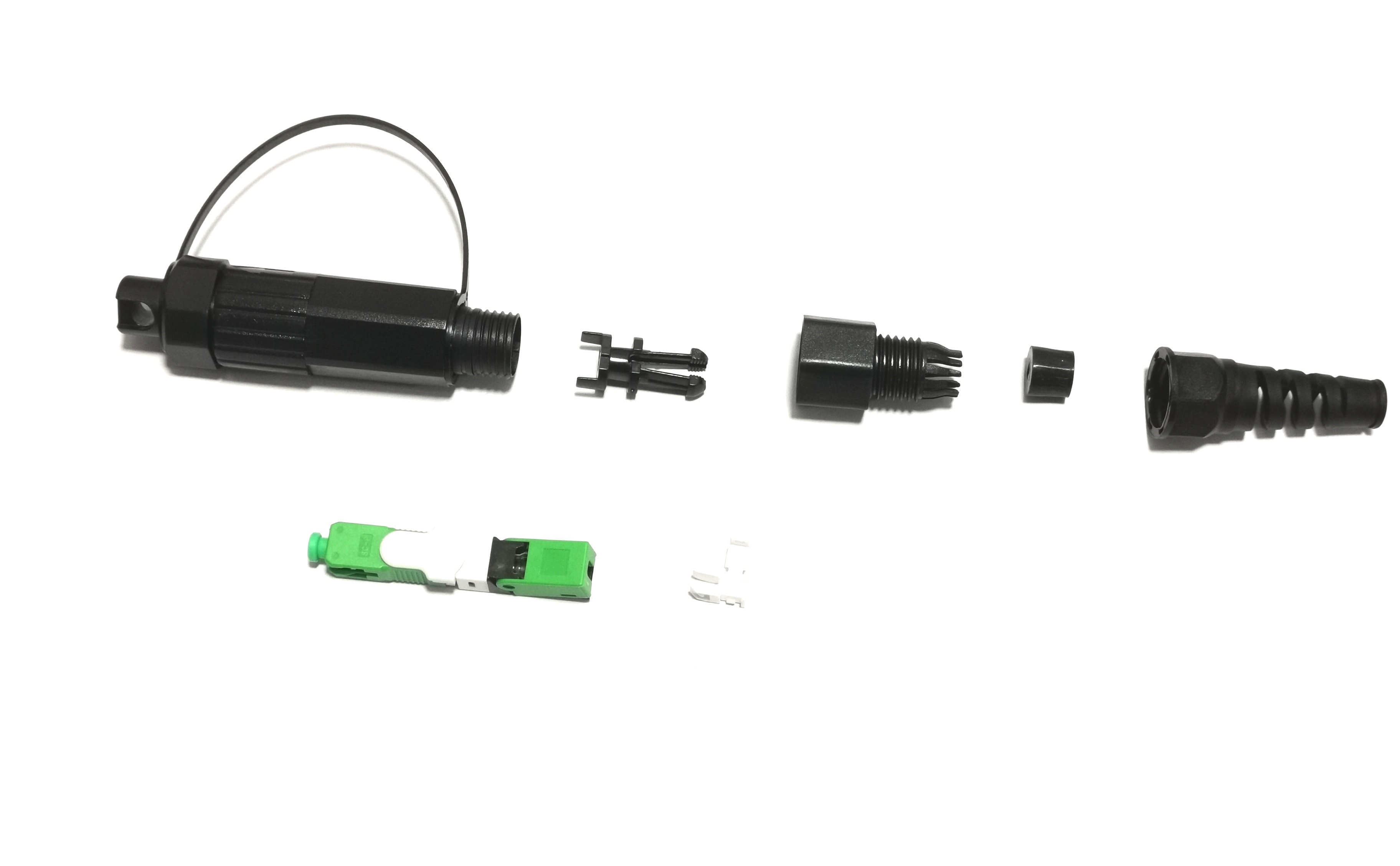Understanding Preconnector and Fastconnect Technology in Fiber Optic Networks

Fiber Optic Basics
In modern communication systems, fiber optic networks are indispensable. These networks utilize optical fibers to transmit data through light signals, offering high-speed and reliable communication. Unlike traditional copper wires, fiber optics use glass or plastic fibers to transmit data through total internal reflection. This technology has revolutionized the way information is transmitted, making it an essential component of our interconnected world.
Exploring Fiber Optic Technology
Understanding Optical Fiber Networks
Fiber optic networks, also known as optical fiber networks, are the backbone of modern communication systems. They facilitate the transmission of data through light signals, enabling high-speed and reliable communication. These networks have revolutionized the way information is transmitted and are crucial for supporting the increasing demand for data connectivity.
Essential Elements of Fiber Optic Networks
Fiber Cables: These cables are the physical medium through which data is transmitted in fiber optic networks. They are designed to minimize signal loss and interference while ensuring efficient data transmission.
Connectors: Connectors play a vital role in joining optical fibers together, allowing seamless connectivity between different network components.
Transmitters: Transmitters are responsible for converting electrical signals into optical signals that can be transmitted through the optical fibers.
These key components work together to ensure the smooth operation of fiber optic networks, providing a reliable and efficient means of communication.
Streamlined Installation and Maintenance
Benefits of Preconnector Technology
In the realm of fiber optic networks, preconnector technology stands out as a game-changer in streamlining installation and maintenance processes. By incorporating pre-terminated connectors, this innovative technology simplifies and accelerates the installation process, significantly reducing the need for manual splicing and termination. This not only saves time but also minimizes the margin for error during installation, ensuring consistent and reliable connectivity.
Moreover, preconnectorized solutions offer enhanced flexibility, allowing for swift deployment and reconfiguration as network requirements evolve. The use of pre-connectorized components eliminates the complexities associated with field terminations, making installations more efficient and cost-effective. Additionally, it mitigates the risk of signal loss or performance degradation that can occur during traditional connector terminations.
The benefits of preconnector technology extend beyond initial installation to ongoing maintenance activities. With standardized connectors and factory-polished terminations, maintenance becomes more straightforward, enabling faster troubleshooting and minimizing network downtime. Ultimately, preconnector technology plays a pivotal role in optimizing the operational efficiency and reliability of fiber optic networks.

Advantages of Fastconnect Technology
Fastconnect technology is instrumental in expediting fiber optic connections while ensuring reliability and performance. This advanced approach minimizes the time and effort required for installation and maintenance by employing innovative connector designs that facilitate rapid and secure connections.
One notable advantage of fastconnect technology is its ability to streamline field installations without compromising on connection quality. The simplified procedures associated with fastconnect solutions enable technicians to complete installations efficiently, thereby reducing labor costs and project timelines.
Furthermore, fastconnect technology supports quick reconfigurations when network expansions or modifications are necessary. Its user-friendly design allows for swift adaptations without sacrificing signal integrity or network performance. As a result, organizations can respond promptly to evolving communication needs without significant disruptions to their existing infrastructure.
Efficient Connectivity Solutions
Enhancing Network Connectivity
Fastconnect technology revolutionizes the landscape of network connectivity by ensuring swift and secure fiber optic connections. Its innovative design minimizes the risk of signal loss and interference, guaranteeing reliable data transmission. The rapid connection capabilities of Fastconnect technology not only enhance the efficiency of installations but also contribute to the overall performance and stability of fiber optic networks.
Scalability and Flexibility
Both preconnector and fastconnect technologies offer scalable solutions for network expansion. They provide the flexibility needed to adapt to evolving communication needs, allowing for seamless integration with existing infrastructure. This scalability ensures that organizations can easily accommodate increasing data demands without compromising on connectivity or performance. Additionally, the flexibility inherent in these technologies enables swift adjustments to configurations, supporting efficient responses to changing network requirements.
Rapid connection capabilities ensure swift and secure fiber optic connections
Both preconnector and fastconnect technologies offer scalable solutions for network expansion
Optimizing Fiber Optic Networks
Maximizing Performance and Reliability
To maximize the performance and reliability of fiber optic networks, it is essential to leverage the compatibility of preconnector and fastconnect technologies. The seamless integration of these advanced solutions ensures that network performance is optimized, leading to reliable and seamless connectivity for data transmission.
By incorporating preconnector and fastconnect technologies, organizations can significantly enhance the efficiency of their fiber optic networks. These technologies minimize installation time and effort while maximizing the reliability of connections, thereby contributing to overall network performance. The streamlined installation processes offered by preconnector and fastconnect technologies reduce the margin for error, ensuring consistent and dependable connectivity for data transmission.
Furthermore, the compatibility of these technologies with existing infrastructure enables organizations to future-proof their fiber optic networks against technological advancements. This future-proofing capability allows for easy upgrades and modifications without disrupting the existing network infrastructure, ensuring that the networks remain robust and adaptable in the face of evolving communication needs.

Future-Proofing Fiber Optic Networks
Incorporating preconnector and fastconnect technologies provides a future-proofing mechanism for fiber optic networks. These advanced solutions are designed to adapt to technological advancements, enabling organizations to stay ahead in an ever-evolving landscape. By embracing preconnector and fastconnect technologies, fiber optic networks can easily accommodate upgrades and modifications without causing disruptions or compromising on performance.
The flexibility inherent in these technologies ensures that network infrastructures remain agile, capable of seamlessly integrating new advancements without overhauling existing systems. This future-proofing approach not only safeguards investments but also positions organizations to leverage emerging technologies effectively, maintaining their competitive edge in the rapidly changing telecommunications industry.
Rapid connection capabilities ensure swift and secure fiber optic connections
Both preconnector and fastconnect technologies offer scalable solutions for network expansion
Enhancing Networks with Preconnector Technology
The Impact of Preconnector Technology
Incorporating preconnector technology into fiber optic networks has a profound impact on their efficiency and reliability. The seamless compatibility of pre-terminated connectors ensures swift and secure fiber optic connections, minimizing the time and effort required for installation and maintenance. By utilizing pre-connectorized components, organizations can streamline the deployment and reconfiguration of network infrastructure, enhancing scalability and adaptability.
Moreover, the standardized connectors and factory-polished terminations offered by preconnector technology simplify ongoing maintenance activities, enabling faster troubleshooting and minimizing network downtime. This advanced approach not only optimizes operational efficiency but also future-proofs fiber optic networks against technological advancements.
Key Benefits of Preconnector Technology
Swift and secure fiber optic connections
Streamlined deployment and reconfiguration
Simplified ongoing maintenance activities
Future-proofing Networks with Preconnector Technology
The incorporation of preconnector technology provides a future-proofing mechanism for fiber optic networks, ensuring that they remain agile and adaptable in the face of evolving communication needs. This forward-looking approach safeguards investments while positioning organizations to effectively leverage emerging technologies, maintaining their competitive edge in the rapidly changing telecommunications industry.
See Also
The Ultimate Guide to Waterproof Fiber Patch Cable for Outdoor Networking
The Ultimate Guide to Selecting Fastconnect Drop Patch Cable for Outdoor Use
Understanding Single Mode Fiber Optic Cables for FTTH
2024: Understanding the Capacity of Outdoor Water-proof FTTH Distribution Terminal Box with 24 Ports
2024 Guide: Understanding FTTH Terminal Box and Optical Accessories
About US
Follow Us
AnetFiber company's main products are indoor and outdoor optical fiber cables, outdoor waterproof pre-connected fiber-to-the-home products, PLC optical fiber splitters, optical fiber jumpers and pigtails, MTP®/MPO high-density big data product solutions, optical fiber field quick connectors and research and development molding, injection molding and production of optical fiber distribution boxes, optical fiber chassis cabinets, the market has expanded to the world, Europe, America, Asia, the Middle East and Latin America.
Address
Shenzhen City, Baoan District, Yanluo Street, Tangxiayong Community, Yangyong Industrial Road, Tonggangda New Energy Vehicle Park 406
Contacts
+86 199 2655 3586

